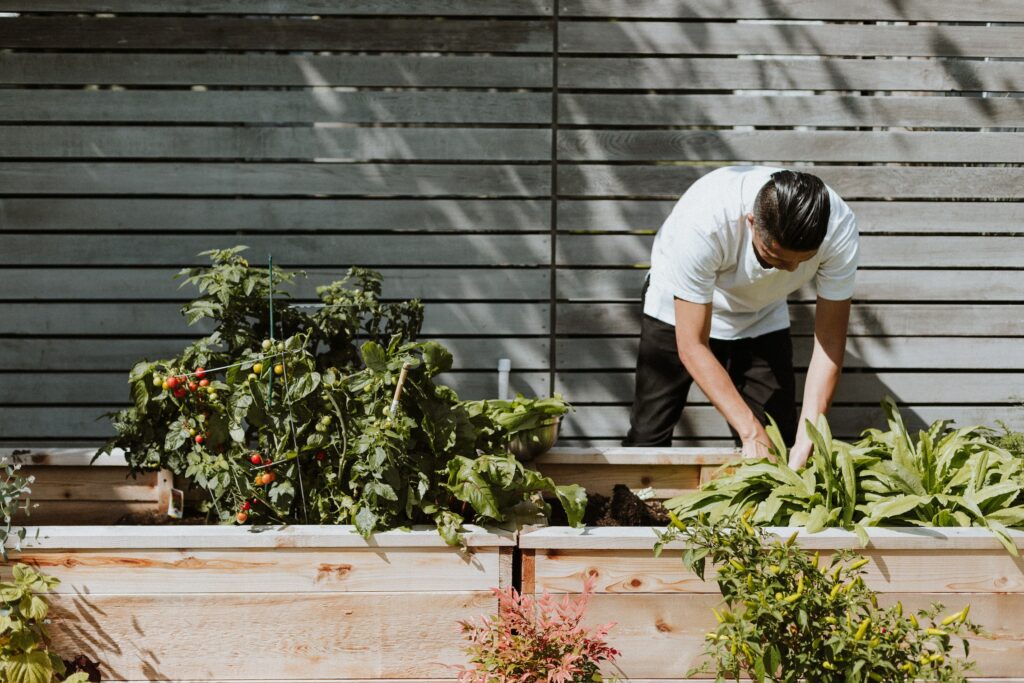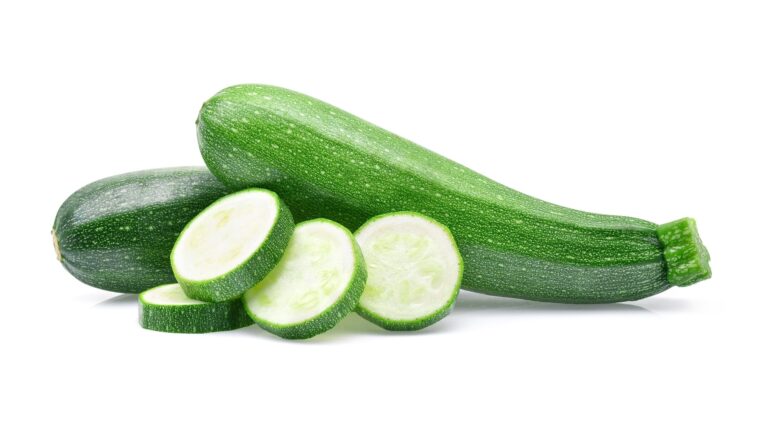Starting your own vege garden
Money doesn’t grow on trees – but the next best thing does. And, more good news, it can grow straight out of the ground too! Here are some tips to grow your own and beat the supermarket checkout blues.
No matter the size of your outdoor space, it’s possible to cut household costs by producing your own produce. Whether you’re after salad greens pulled straight from the garden (instead of a slimy plastic bag), or you want to beat the upcoming potato shortage and enjoy freshly dug spuds, we’ve put together some tips to help you get started.
Ready: Preparing your patch.
For the uninitiated it may be best to start small. Choose a sunny, sheltered spot of the garden, or perhaps try some pots on the balcony. You’ll want some good compost to get the most out of your efforts too – the bagged stuff from your local garden or hardware store is fine but can be expensive if you’re trying to fill a large area. Try your local landscaping centre for a trailer-load of good quality compost.
If you’re doing a garden bed straight in the soil, you’ll want to measure up your spot and get digging, removing the grass, and chopping up the soil underneath. It’s best to leave this for a few weeks with cardboard or plastic covering it to kill off any grass roots. Then, add your good soil over the top and leave it again for a few weeks (so that the worms can do their thing and mix everything up for you).
Growing in pots or planters? Make sure you use a good depth that allows roots to travel through. You will also need to be vigilant on watering each day (unless it has rained), as pots don’t have the benefit of absorbing moisture from the ground and can get very dry.
If you have an existing bed that you want to bring back to life, again it can help to cover any weeds or grass with plastic or cardboard to kill it off before you start. If you want to get started faster, you can pull them all out by hand, but be aware that some will start to regrow through over time.
Set: Get planting.
Generally, the easiest veges to grow are your herbs and greens. Seedlings are easier to raise than seeds, as most of the work is done for you. Read the instructions on the tag for each variety in terms of spacing and the moisture level they prefer. It’s best to plant seedlings outside once any morning frosts are finished, as they can get fried by the cold. It’s also a good idea to protect new seedlings from birds, who can sometimes enjoy pulling them out of freshly turned soil, and from the wind. A plastic bottle with the bottom cut off can make a good protector.
In terms of reliable plants to start with, try spinach, lettuce and silverbeet, along with some herbs such as thyme, rosemary, and parsley. If you have a good sunny spot with plenty of spring rain, tomatoes can really take off and feed you throughout the late summer. Don’t crowd your space – leave room for growth alongside each plant.
If you have the space, it can be satisfying to grow a crop of carrots or to start a potato patch. Potatoes are also good for improving soil quality, as they create pockets of air as they grow. You’ll know they are ready to harvest once their shoots come up and then die off. Kids will love pulling carrots up once they are ready. Carrots only grow from seed and do involve a little patience. However, you’ll find that fresh, homegrown carrots are much sweeter and tastier than store bought.

Grow: Maintaining your patch.
Like humans, plants need sun, water, and food to grow up healthy and strong. Sun and water are a given, but food can be the missing ingredient in some gardens. Depending on location and the previous use for the land you live on, some soils will have enough food to grow plants without help. However, many will require regular assistance in the form of fertilisers and compost.
Of course, making your own compost is not only a money saver but also a landfill and carbon-saver. It’s never too late to start a compost bin, where you can place all your clippings and cuttings as well as your kitchen scraps. Once you have this system going, you will be able to use the results in your garden, layering compost under your trees and hedges as well as mixing it into your vege patch.
If you don’t have compost ready, you can purchase organic fertilisers, worm castings and seaweed tonic and compost mixes from your hardware store. Read the instructions for how often to add these to your patch, as some can be quite potent, which means they can do more harm than good if overused.
Keep an eye on rainfall and water your garden accordingly. In the summer, most vege gardens require a good sprinkling once per day, preferably before the sun is too high in the sky or after it has gone down, to get the maximum effect.
Growing your own food is not only a great money saver but is also incredibly satisfying – and it nearly always tastes better than the bought stuff.



